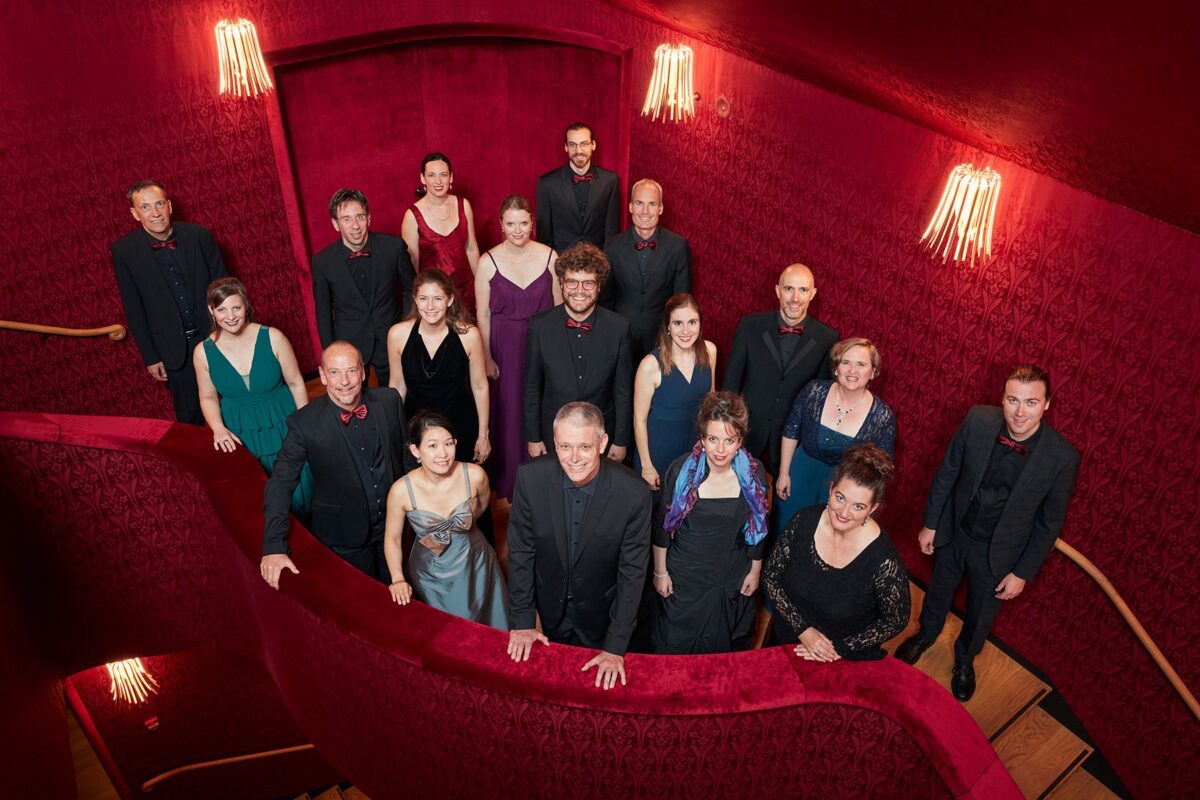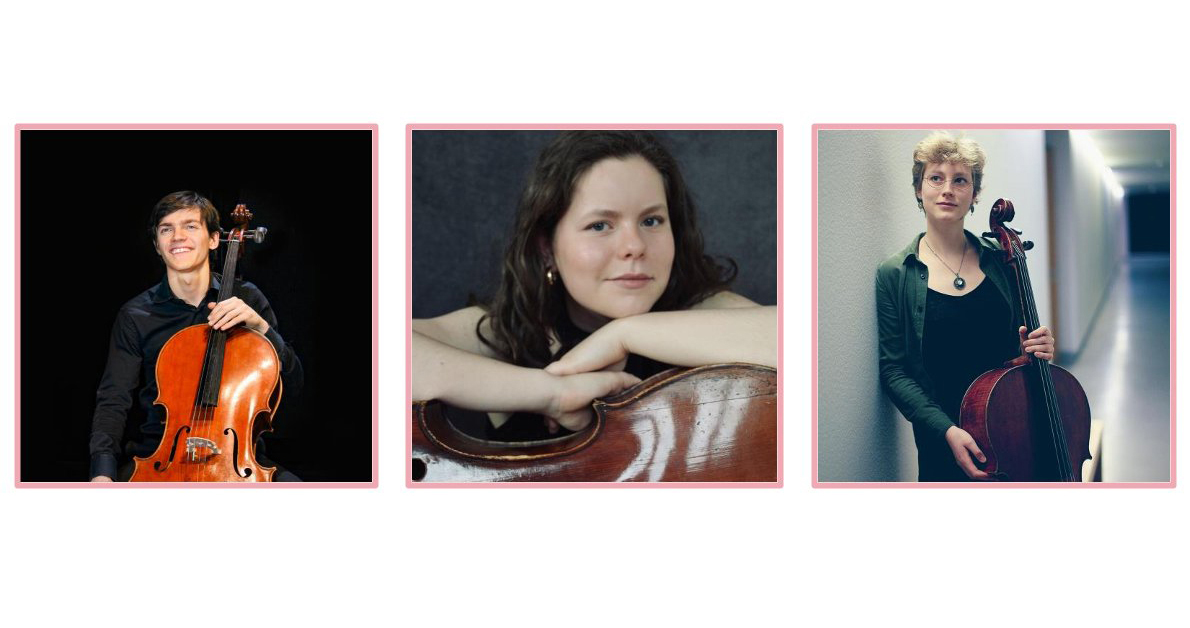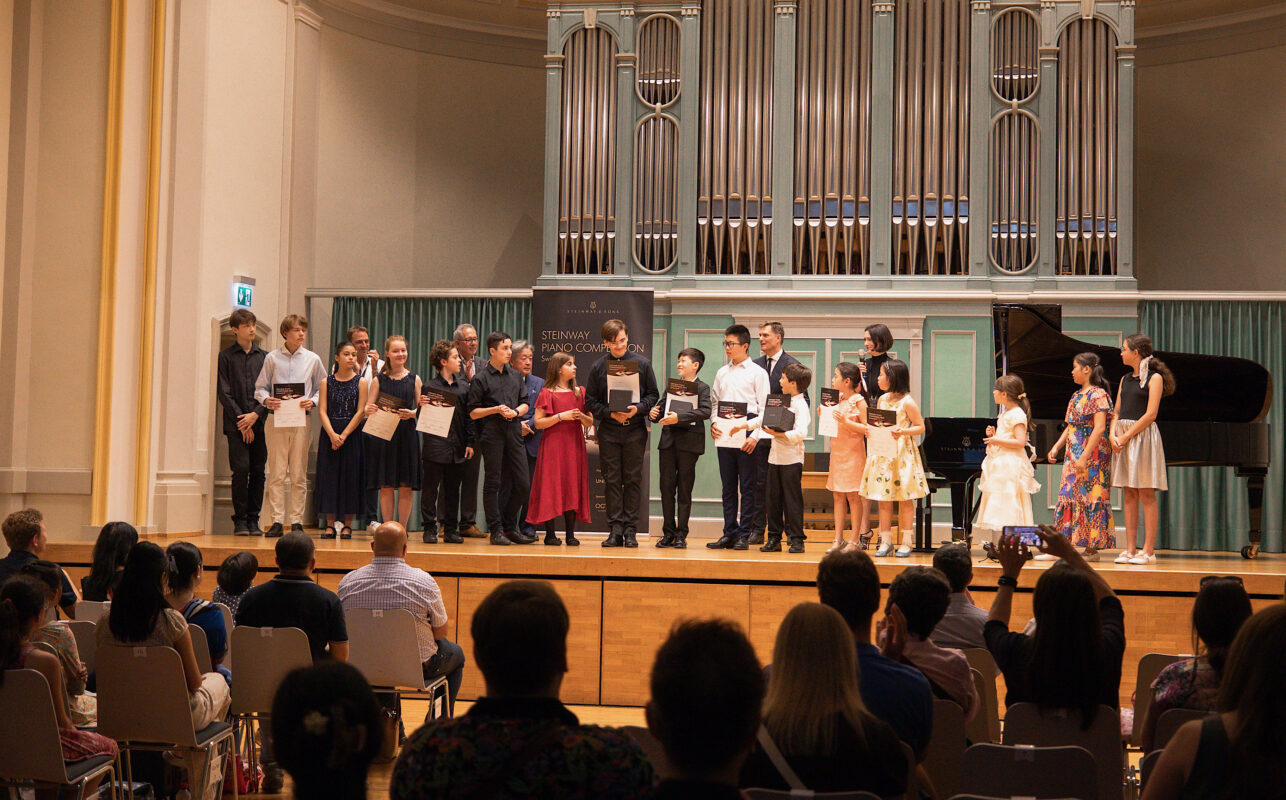The Einsiedeln stream
Johann Christian Bach (1735-1782) has various nicknames in musicology to distinguish him from the other members of the family. One speaks of the Milan Bach, the London Bach, the Paris Bach, the Catholic Bach. This list alone indicates that Johann Sebastian Bach's youngest son traveled the widest geographical circles in his life. Internationally, Johann Christian was undoubtedly the most famous member of the Bach family of musicians in the 18th century. But why should he be the hermit Bach?
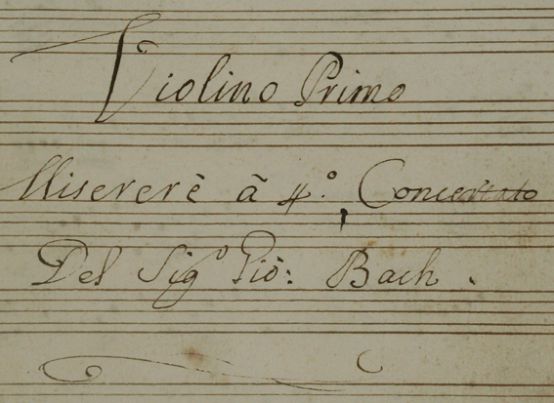
His father died in Leipzig shortly before his 15th birthday. Johann Christian was placed in the care of his eldest brother Carl Philipp Emanuel in Potsdam. Just four years later, he moved to Italy to continue his studies. He was granted the opportunity to realize what his father and brothers could only dream of. The seven years in Italy (1754-1762) were to be of great significance for the young composer. He found a music-loving patron in the person of the wealthy Milanese Count Agostino Litta and one of the best teachers in Europe in Father Giovanni Battista Martini of Bologna. To the chagrin of his relatives, Johann Christian converted to the Catholic faith as early as 1757 - admittedly not entirely selflessly. A Milan cathedral organist had to be Catholic. His first compositions for his patron included the Office for the Dead and the Mass for the Dead (1757). A career as a Catholic church musician seemed predestined. Unfortunately, things turned out differently. Johann Christian was infected by the opera virus, which was rampant throughout Italy at the time, including in Milan. He increasingly put church music to one side, began composing operas and received tempting offers - even from London. In the fall of 1762, he took a year's leave of absence and moved to London - and never returned. He spent the rest of his life in London and Paris, writing mainly operas, concertos and symphonies and avoiding church music. The years in Milan were to remain only a brief episode in his life. But it is in this episode that the connection to Einsiedeln Abbey is rooted.
From 1675-1852, the Einsiedeln monks ran a branch monastery with a school in Bellinzona. This gave Einsiedeln direct access to the south, especially to northern Italy with the musical centers of Milan, Como and Bergamo. In the person of the later Abbot Marian Müller, a Einsiedeln priest like Johann Christian Bach was even a music student in Milan. Although there is no evidence of personal contact, it is more than likely. There is no other way to explain why, according to current research, the music library of Einsiedeln Abbey has the largest collection of early copies of Johann Christian Bach's sacred works in the world. Contemporary copies, not autographs. But since the Second World War, the autographs stored in Hamburg must be considered destroyed. This makes the Einsiedeln copies the oldest sources. There are 32 original church music works by Johann Christian Bach in the Einsiedeln Music Library, including the Mass for the Dead mentioned above and the psalm Miserere, which will also be performed anew by the Bach Ensemble Lucerne in September. In addition, there are 29 contrafacts, 8 of them from sacred works and 21 from operas - a telling sign that the opera virus had also penetrated the monastery. The lost opera Temistocle can only be at least partially reconstructed musically through 14 contrafacts preserved in Einsiedeln. All in all, this is reason enough to speak of the Einsiedeln Bach.
-
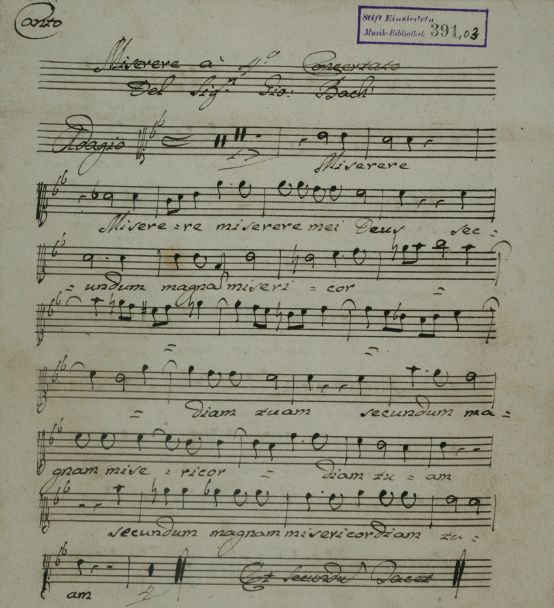
- Photos: zvg
- Excerpt from the Miserere in B flat major by Johann Christian Bach. Early copy from the Einsiedeln Music Library.
Concert with works by Johann Christian Bach






